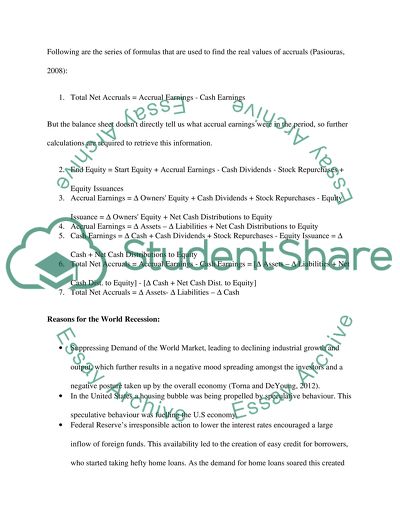Cite this document
(“THEORY OF FINANCIAL INSTITUTIONS AND POLICY Assignment”, n.d.)
Retrieved from https://studentshare.org/macro-microeconomics/1396751-theory-of-financial-institutions-and-policy
Retrieved from https://studentshare.org/macro-microeconomics/1396751-theory-of-financial-institutions-and-policy
(THEORY OF FINANCIAL INSTITUTIONS AND POLICY Assignment)
https://studentshare.org/macro-microeconomics/1396751-theory-of-financial-institutions-and-policy.
https://studentshare.org/macro-microeconomics/1396751-theory-of-financial-institutions-and-policy.
“THEORY OF FINANCIAL INSTITUTIONS AND POLICY Assignment”, n.d. https://studentshare.org/macro-microeconomics/1396751-theory-of-financial-institutions-and-policy.


